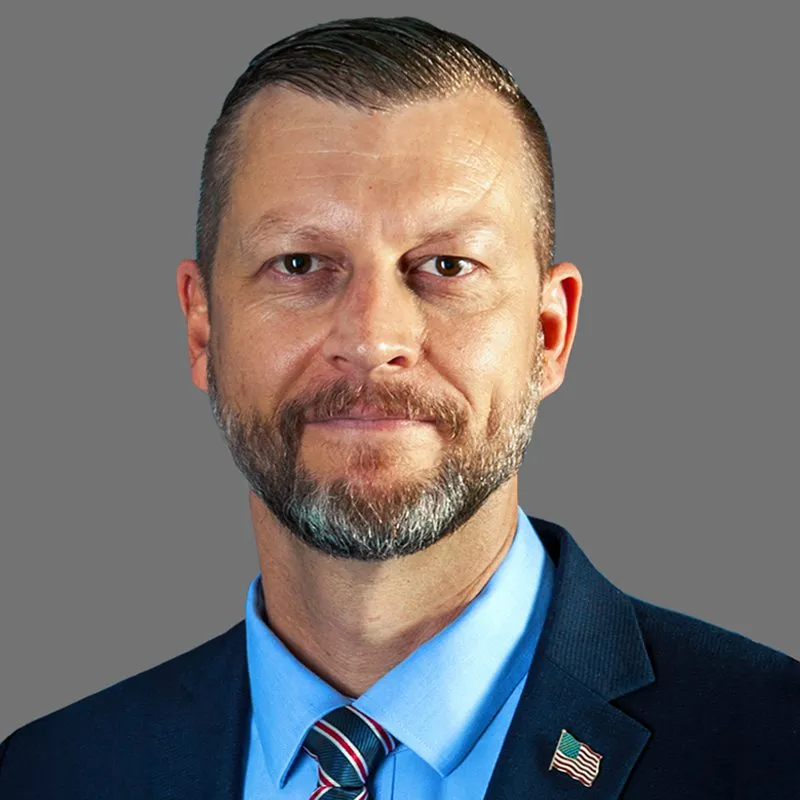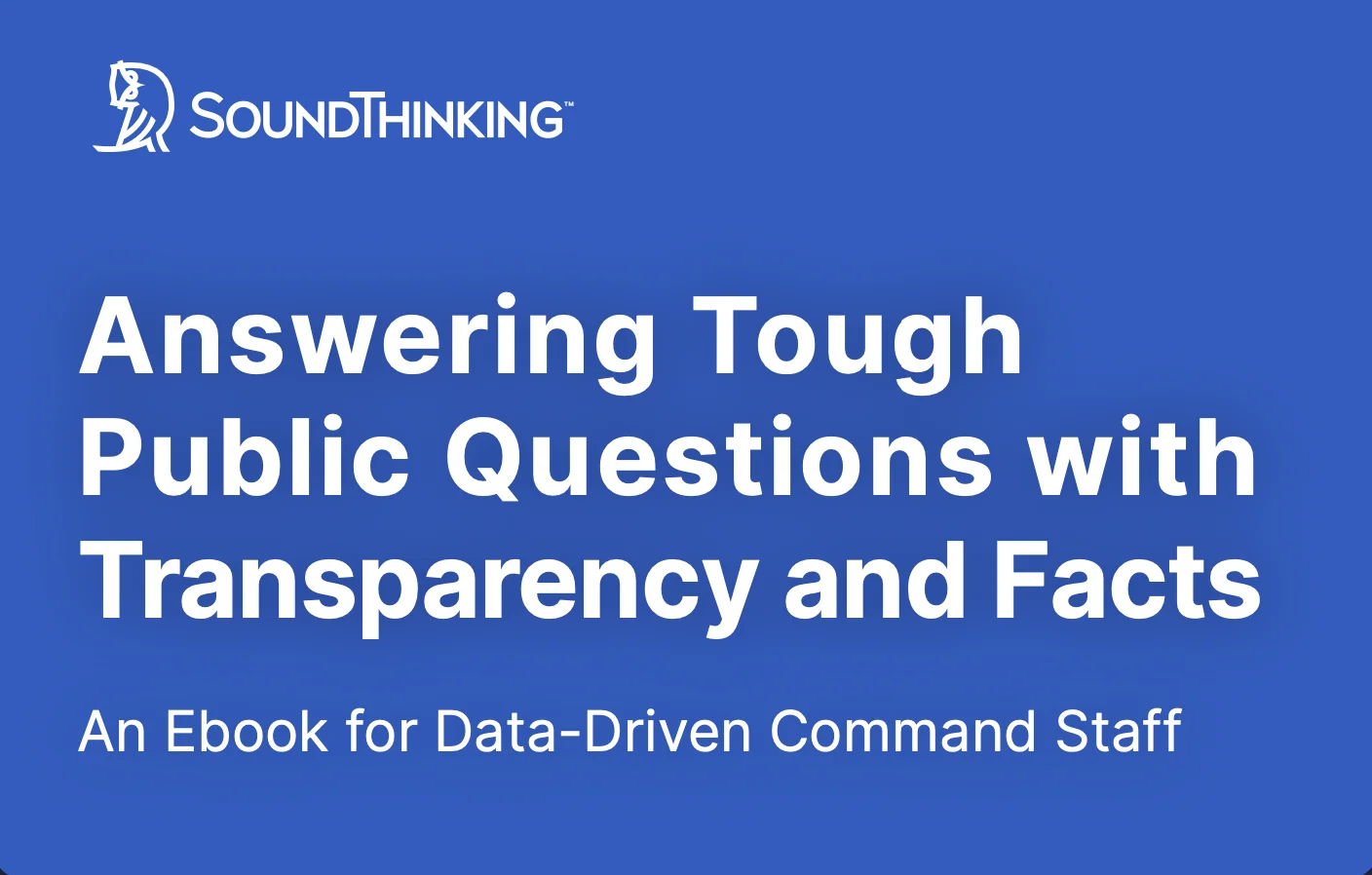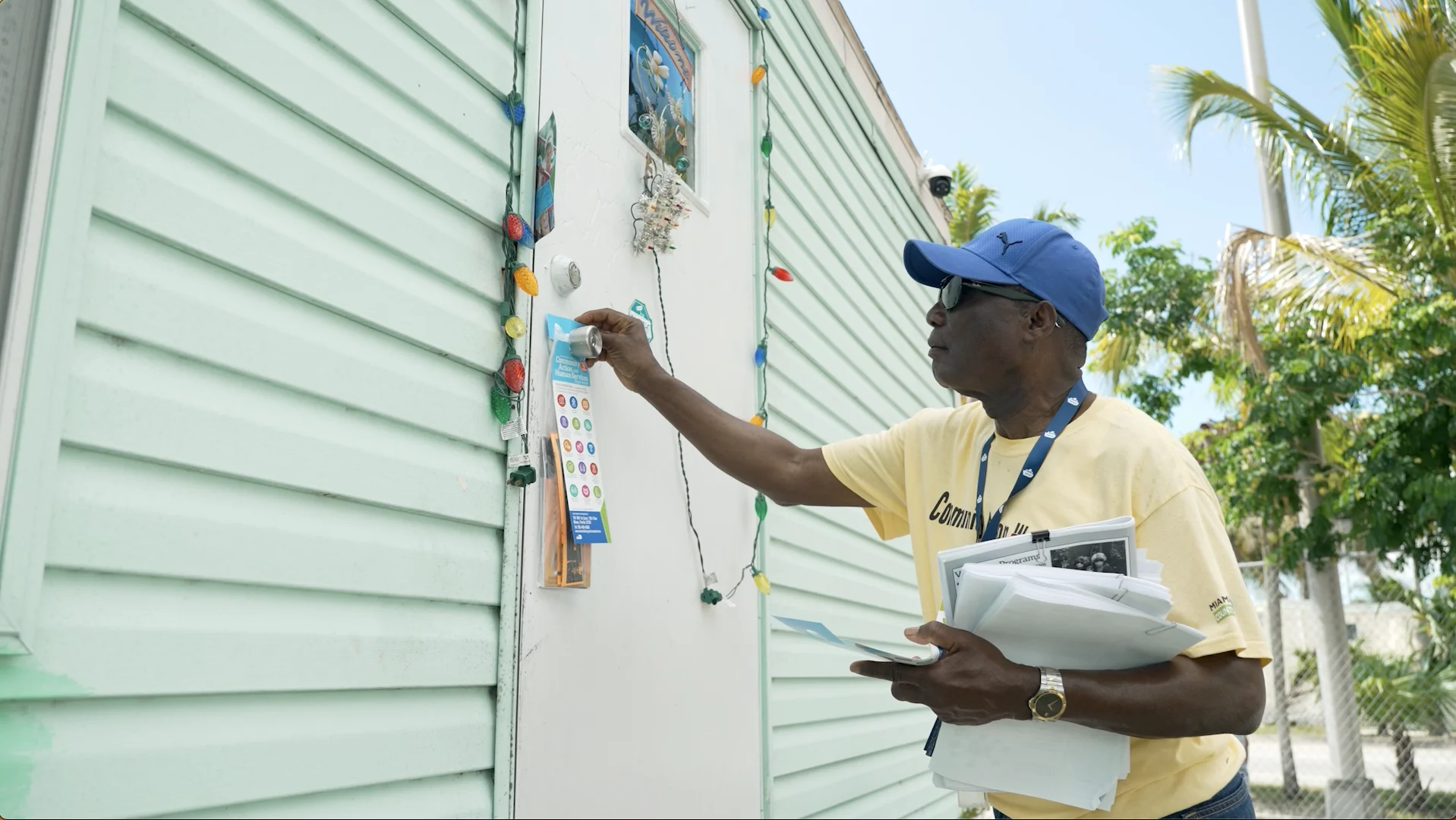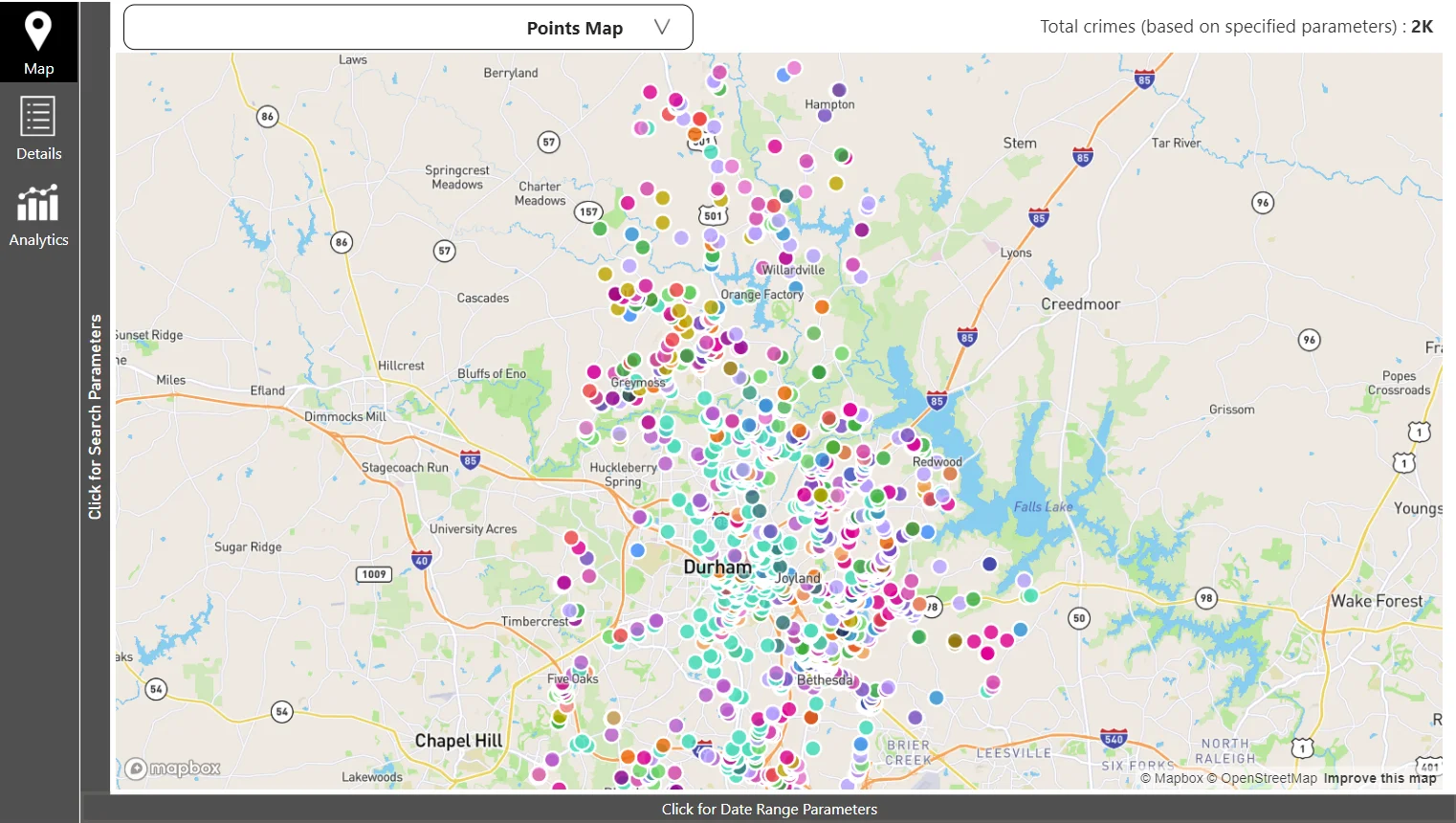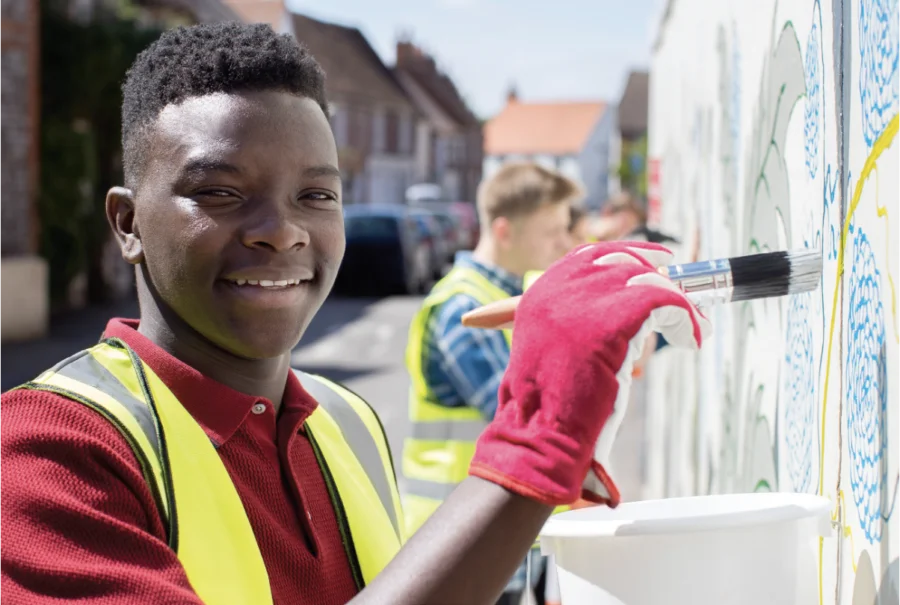ShotSpotter—SoundThinking’s acoustic gunshot detection service—identified the noise as gunfire and alerted police, as it does hundreds of times every day, all across the country. Thankfully, the young boy survived but we know from roughly 500 years of human experience with gunshot wounds that he is likely to suffer lifelong physical and emotional consequences from his injuries. What we have less experience recognizing, however, are the unseen psychological injuries of kids who are bystanders to gun violence: the hidden bullet holes. We are just beginning to understand the consequences for children who are not shot themselves, but who nonetheless suffer the indirect trauma of chronic exposure to criminal gunfire. This is especially important as we commemorate National School Safety Week (October 15-21). Every year, the week serves as a reminder of the importance of protecting our children and the urgent need to establish a holistic gun violence prevention strategy.
The Impact of Gun Violence Trauma
While more research is needed, credible studies suggest that children who live in areas where gun violence is common may experience a cascade of adverse mental health and behavioral effects. The prolonged stress may cause some children to suffer from anxiety, depression, and other mental health disorders. They may be more likely to turn to substance abuse to cope with their trauma and less likely to perform well academically. And, importantly, they are more likely to exhibit aggressive or delinquent behavior.
Beyond the innumerable individual tragedies that result from gun violence, these factors have obvious consequences for our nation. There are direct and indirect economic costs that stunt our collective prosperity. It results in higher medical expenses and lost worker productivity. It diminishes the overall economic opportunity for many communities. The perpetuation of crime and violence forces us to spend more resources on the criminal justice system, rather than making greater investments in our future.
Data Suggests this Problem is Worsening
According to a Pew Research Center report, the number of children and teens killed by gunfire in the U.S. increased by 50% between 2019 and 2021. Measures of indirect exposure to gunfire, however, have historically been less prevalent and somewhat imprecise. Gunshot detection data offers a useful indicator of these incidents.
ShotSpotter alerts include precise locations and times of shootings. When these alerts are layered with other data (such as mapped locations), they reveal important information about gun crimes. By analyzing aggregated gunfire data from these alerts, we glean unique insights, such as how often gunfire occurs near a school, and when it happens.

A zoomed-in heatmap that shows where gunfire is occurring in close proximity to schools.
Despite measuring an overall decrease in shooting incidents between 2021 and 2022, analysis of ShotSpotter alerts from 127 cities reveals an 11% increase in shooting incidents that occurred within a quarter mile of a public school, during normal school hours. That means more students are being exposed to the sound of gunfire when they are in the classroom. This is worrisome in and of itself, but it also foreshadows long-term concerns for these kids.
Building a Holistic Strategy
So, what can we do about it? How do we reduce the incidence of gunfire in these places? How do we tend to the problems caused by gunfire? Unsurprisingly, there is no single answer. It isn’t a challenge to be shouldered solely by police, prosecutors, elected officials, school administrators, community leaders, religious institutions, or healthcare workers. It will take a collective effort.
The solution lies in a holistic strategy, based on the best available evidence. That strategy includes:
Sound Policy: Sound policy requires comprehensive, well-documented written protocols. Take the CGIC model as an example – a 7-step process, this is viewed as the go-to framework for navigating the immediate collection, management, and analysis of gun crime evidence. We need a similarly well-documented, over-arching framework for reducing gunfire and improving public safety.
Effective Policing: Unlike the reactive policing methods in the past, an effective 21st-century evidence-based policing approach leverages the best available data to guide decision-making, leading to better outcomes.
Criminal Accountability: This entails the aggressive prosecution of offenders who commit violent crimes. Leveraging a comprehensive case management platform makes it easier for investigators and supervisors to capture all relevant information and submit to prosecution for a courtroom-ready case.
Organizational Collaboration: Too often, entities operate in silos, whether that’s police officers, community organizers, hospitals, school administrators, or other stakeholders. When it comes to establishing an effective and holistic gun violence prevention strategy, everyone has an important role to play, and it’s critical that law enforcement and non-law enforcement entities work together to build lasting, meaningful change.
Investments in Infrastructure and Technology: Technology such as ShotSpotter enables law enforcement to respond to gunfire with greater speed and accuracy, saving lives and improving rates of evidence collection in the process.
Cultural Awareness: Empathy and cultural awareness are critical traits that both law enforcement and community members need to cultivate when developing a comprehensive gun violence prevention strategy. Even if gun violence hasn’t impacted your life or community directly, it’s important to try to see through the eyes of those who have been impacted, and to have candid discussions with them to better understand what strategies they think would be most beneficial in the long term.
Community Support: Public safety is co-produced. An effective gun violence prevention strategy cannot be built by the police alone. It’s important to have non-law enforcement stakeholders such as community violence intervention (CVI) workers available to respond and assist to calls as needed, rather than relying solely on law enforcement.
Focused Deployment of Resources: Given police staffing shortages and the rise in crime in recent years, it’s more important than ever to have a strategic approach to the focused deployment of resources. Force multiplying technologies such as ShotSpotter and ResourceRouter alert law enforcement to the precise areas where gunfire or other criminal activity has taken place, making it easier to deploy resources where they are needed the most.
Trauma-Informed Care: As discussed earlier in this article, the trauma that victims and even bystanders suffer is a major public health issue that can be devastating if left untreated. It’s important for public health and education workers to work with law enforcement to better understand which places and individuals may be more susceptible to that trauma, and offer appropriate resources to assist.
As part of National School Safety Week this year, we should all endeavor to make a difference. Educate yourself about these issues and resources that can help. In 2022, the Department of Justice dedicated nearly $190 million to grants for bolstering student safety. Discover more funding opportunities through SchoolSafety.gov’s Grants Finder Tool. And look into the Office of Safe and Supportive Schools (OSSS), which offers comprehensive strategies to support the holistic well-being of students.
Understanding is just the first step. Attend a school board meeting and make your voice heard in support of school safety. Get a neighborhood petition going on Facebook. Write or call your local elected officials and tell them that healthy kids and safe communities matter to you. Young lives depend on it.
